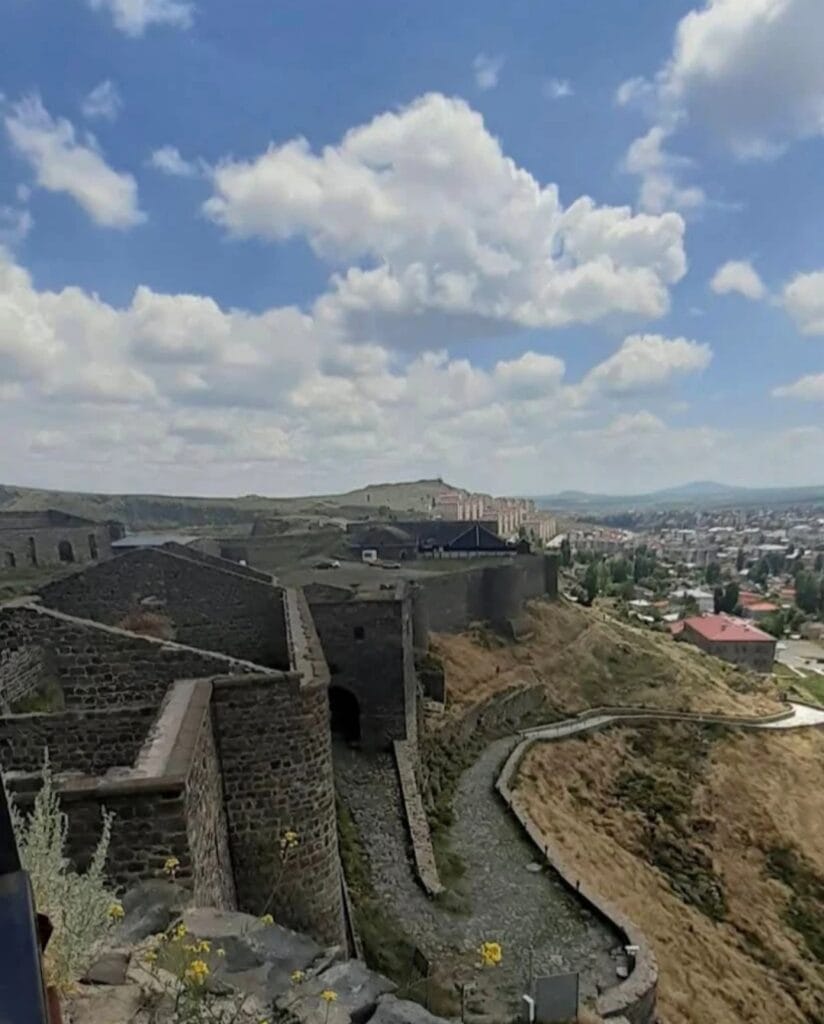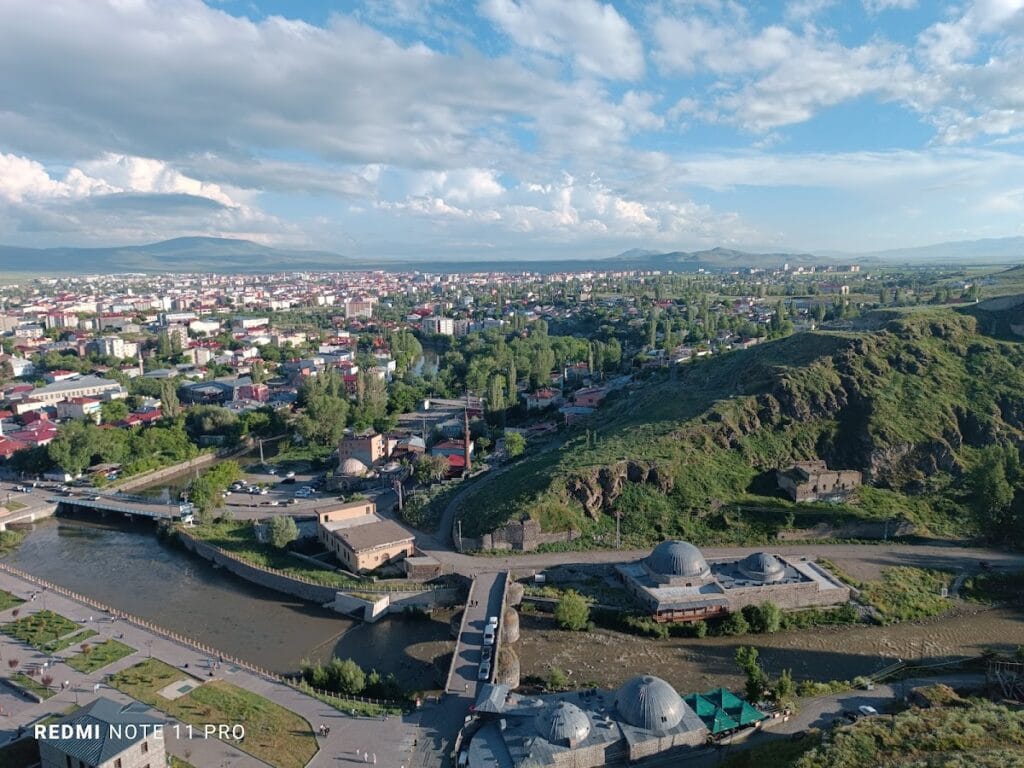Castle of Kars: A Historic Fortress in Turkey
Visitor Information
Google Rating: 4.5
Popularity: Medium
Google Maps: View on Google Maps
Official Website: www.kars.bel.tr
Country: Turkey
Civilization: Byzantine, Medieval European, Ottoman
Remains: Military
History
The Castle of Kars stands in the town of Kars, within present-day Turkey, and was originally established under the Armenian Bagratid dynasty. This early medieval Armenian kingdom laid the foundation for the fortress, reflecting its strategic importance in controlling the surrounding region.
In the mid-12th century, the castle underwent significant rebuilding in 1153, directed by Firuz Akay and commissioned by Sultan Melik Izzeddin Saltuk II. Around the same period, the outer city walls enclosing Kars were constructed, emphasizing the growing military and administrative prominence of the site. However, the castle faced destruction in 1386 at the hands of Timur, also known as Tamerlane, during his campaigns in the area.
The fortress saw restoration in 1579 when Lala Mustafa Pasha, acting under the orders of Ottoman Sultan Murad III, undertook an extensive rebuilding effort. Ottoman chronicles highlight that this project involved the labor of approximately 100,000 soldiers and workers, indicating the scale of the endeavor. The castle’s resilience was tested again in 1606 when Persian Shah Abbas I caused considerable damage during his invasions, after which the site was repaired twice, once in 1616 and again in 1636, with added architectural details.
Following the Russo-Turkish War of 1877–1878, Kars fell under Russian occupation, resulting in heavy damage to the fortress. During nearly four decades of Russian control, some alterations were made to the castle’s structure. Today, the Castle of Kars is under the care of the Turkish Ministry of Culture and Tourism, preserving its legacy across centuries of changing rulers and empires.
Remains
The Castle of Kars is composed of two primary sections: an outer castle and an inner castle. The external walls, irregular in shape rather than forming a neat rectangle, extend approximately 3,500 meters in total length and originally featured 22 watchtowers, of which seven are still standing. These walls are built from solid basalt masonry, a durable volcanic rock that has helped preserve the fortress through many centuries. In front of the outer walls lie deep trenches or moats, serving as defensive barriers against invaders.
Inside the outer fortifications, the inner castle occupies a space roughly 250 meters from east to west and 90 meters north to south. This core area of defense includes four gates, each facing a different direction: the Water Gate (also called Su Kapısı or Çeribaşı Kapısı) to the west; the Kagizman Gate, known locally as Orta Kapı, to the south; the Behram Gate on the eastern side; and the main gate at the northern end, which opens onto a chasm that descends toward the adjacent city area.
Access to the watchtowers is provided via staircases or a paved stone road, enabling movement along the ramparts. Near the main entrance, visitors find a shrine commemorating Jelal Baba, a figure who died in 1239 during the Mongol invasions, reflecting the castle’s layered history tied to regional conflicts and religious memory.
Within the inner castle grounds, several military structures remain, including barracks for soldiers and an ammunition depot, indicating the site’s longstanding role as a defensive stronghold. A small mosque, reconstructed in the 1990s, also stands on the premises, providing a place of worship that connects the fortress to its Ottoman and later periods.
Overall, the well-preserved basalt walls and surviving watchtowers offer a vivid picture of a fortress that has endured multiple reconstructions and battles, preserving its strategic and historical significance across nearly a millennium.





